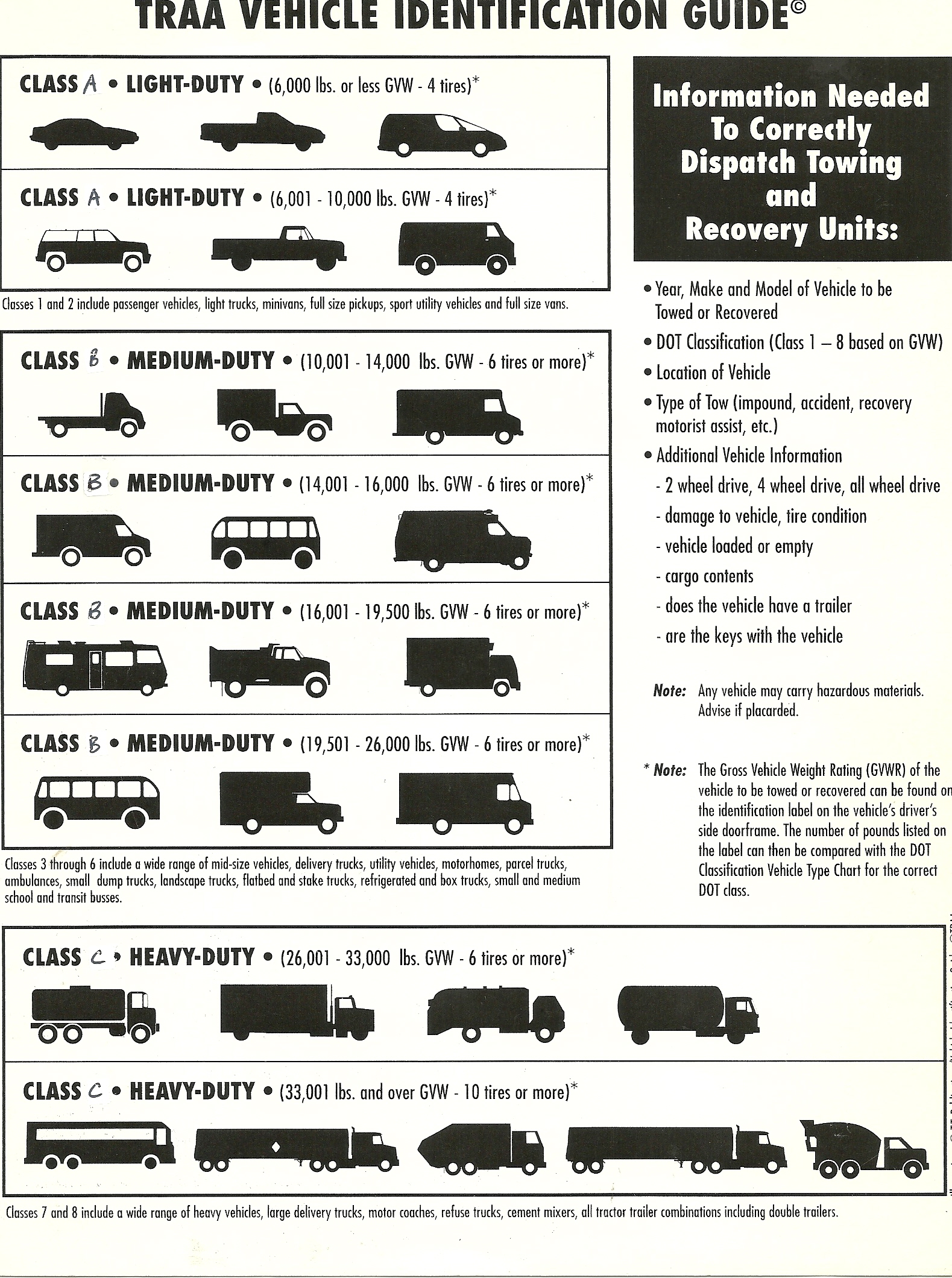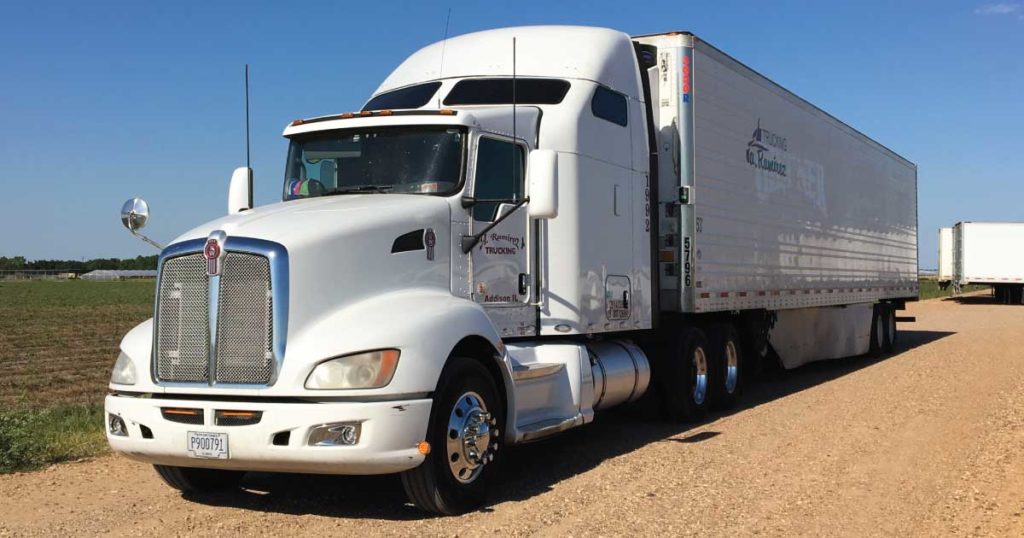What should be preferred in the state or outside the state? Public transportation.
Questions that need to be answered before driving.
Rules of the Road
| Rules of the Road Review Course Workbook |
Civil Infraction Tickets
|
Examples of Moving Violations are careless driving; fail to yield at a stop sign, etc. Examples of Non-Moving Violations are no seat belt, improper parking, etc. Criminal Traffic Ticket/Citation Reckless driving Driving with a suspended license Driving without a valid license Hit and run Being a HTO or habitual traffic offender Vehicular homicide or manslaughter Careless driving Leaving the scene of an accident Attempting to elude law enforcement Misdemeanors are less serious crimes, generally punishable by a fine or incarceration in the county jail for less than one year. Although precise classifications vary on a state-by-state basis, common examples of traffic misdemeanors include: ?Driving under the influence of alcohol or drugs, ?Failing to stop at the scene of an accident, ?Driving without a valid driver's license, ?Driving without insurance, and ?Reckless driving. Examples of felony traffic offenses include repeat DUI/DWI convictions, certain "hit and run" offenses, and vehicular homicide. Criminal Defense |

|
|
What does a Ambulance Driver do? An ambulance driver is skilled to drive emergency vehicles to a scene as fast and safely as possible. They may also assist emergency medical technicians (EMT) riding in their ambulance to transport patients to and from stretchers and aboard their vehicle. They would also be expected to know how to use CPR and administer first aid if necessary. Ambulance drivers are not Emergency Medical Technicians (EMTs). How to Become an Ambulance Driver State laws may very, but to become an ambulance driver, these are the requirements in the state of California. You must be at least 18 years old and hold a valid driver’s license with a safe driving record. You would also need to pass an ambulance driver written exam. When you go to renew your certificate to drive an ambulance however, you’ll need to have a valid EMT certification. If you are volunteering to drive an ambulance, you may not need to meet the EMT certification requirement. In addition to those requirements, each state’s DMV would also require you to meet vision and eye test standards. Bear in mind, you’ll be lifting patients and this job also requires physical strength. Lifting heavy weight would also be a requirement for this job. Requirements may vary by state, so check your state requirements to gain your certification to drive an ambulance. Job Description of an Ambulance Driver Along with transporting sick or injured patients safely from one location to another, they must also perform the day-to-day tasks of ensuring their equipment and patient area is sanitized and orderly. They might be asked to provide details about the scene to hospital staff, fire, or police officials that arrive to the scene. Ambulance drivers are not EMT’s but they may assist EMT’s to safely transfer patients to stretchers and help them load a patient onto the vehicle. Ambulance Driver Career Video Transcript Ambulance drivers and attendants drive vehicles and assist in transporting sick or injured people. Saving lives requires speed but never at the cost of control. Drivers and attendants carefully move patients, place them on stretchers, and secure them in the vehicle. They must be ready to administer first aid, such as bandaging a wound or administering CPR to a person in distress. Many of these jobs do not come with flashing lights and sirens, however. People recovering from medical procedures, or who need help getting to and from medical appointments, are also taken care of by ambulance drivers and attendants. These workers often provide reassurance and help calm people in a high state of anxiety. Most candidates entering the field have a high school diploma or equivalent, although it’s not always required. Drivers must have a valid driver’s license, and many jobs require certifications such as Emergency Vehicle Operator, first aid, and CPR. Testing for drug or alcohol use occurs regularly. With additional education and training, an ambulance driver and attendant may become an emergency medical technician or EMT. This is a job that requires physical strength and patience under pressure. Even though you might need to hurry, you can never rush. |
|
What should you know about car driving? How do you drive a car? What is your purpose of learning to drive? Has state department of transportation established any requirement for transportation services? What type of transportation services does the state department of transportation need? What are the route, timing, type of passengers, and type of vehicle? Are there others who would like to provide this service? Car driving guidelines DRIVING EXAMINATION Vehicle Class Guide |
|
What questions should be answered before you try to become a school bus driver in the state? Are your abilities and skills more or less than a school bus driver? Are others in the state willing to be school bus drivers in case your abilities and skills are more than a school bus driver while the requirement for school bus driver has been circulated? Who from the state has circulated this requirement? If a specific state department has not circulated an advertisement for school bus driver in the state, do not go ahead with this endeavor. What are duties of a school bus driver in the state? |
 How to Prep for a Level 1 DOT Inspection
How to Prep for a Level 1 DOT Inspection No one likes getting stopped in the middle of delivery for a DOT inspection, but it’s part of being a truck driver. The good news is, with a little preparation, you can make sure your Level 1 DOT Inspection is quick and easy. As any good sports fan knows, the best defense is a good offense and this list will help you fly through your DOT inspection and get back on the road faster. WHAT IS A LEVEL 1 DOT INSPECTION? There are six different inspection levels. A level 1 inspection, or the North American Standard Inspection, is the most thorough DOT inspection. It’s a detailed inspection of both the truck and the truck driver. The inspector will examine your seat belt, tail lamps, steering wheel, exhaust system, and everything required for driving safely. He or she will also look at documents like your driver’s license, medical certificate, waiver, and hours-of-service documentation. A DOT INSPECTOR WILL CHECK A DRIVER’S: Medical examiner’s certificate Alcohol and drug use Daily logs Hours of Service (HOS) documentation Seat belt use THE INSPECTOR WILL ALSO CHECK: Driver and vehicle inspection reports Brake system Coupling devices Exhaust system Truck frame Fuel system Turn signals Brake lamps Tail lamps Head lamps Lamps on projecting loads Safe loading Steering mechanism Suspension Tires Van and open-top trailer bodies Wheels and rims Windshield wipers Hazardous materials (HM) requirements: If you’re a hazmat hauler, have your shipping papers ready. DO A PRE-TRIP INSPECTION Now that you know what an inspector is looking for during a Level 1 DOT Inpsection, you can check your truck before you hit the road to make sure everything is working properly. One of the most effective ways to stay compliant and protect yourself from violations is to do a pre-trip inspection. Do a walk-around inspection: See if anything on the truck looks damaged or out of place. Check your mirror brackets, doors, windows, steps, and weather stripping to make sure everything is working. Check your lights: Check all lights, lenses, and headlights to make sure there isn’t any fogging or cracking. Check the engine compartment: Look at your water pump, radiator, air compressor pump, and power steering pump to make sure they aren’t cracked, damaged or loose. Check your tires: Check the air pressure to make sure it’s at the reccommended psi and make sure tires are free from bumps, cuts or abrasions, don’t have nails in them, and have plenty of tread. Check the brake system: Look at your truck’s brake pads and drums to make sure they aren’t cracked, damaged, or loose. Be sure to test your brakes, making sure you push your brake knobs in before testing. Then do a static brake check, applied pressure test, low pressure warning signal test, and check your emergency valves. Inspect the inside of the cab: Look at your truck’s windshield, mirrors, defroster, windshield wipers, hazard signals, turn signals, and gauges to make sure everything is working properly. Test the engine and horns: Check that the engine is working properly by revving the engine and testing your horns. For more thorough information, check out this video on how to do a pre-trip inspection. By following these ______, you and your truck will be ready to ace your Level 1 DOT inspection! If you do get pulled over for an inspection, remember to keep the inside of your truck clean, have your paperwork easily available or together in a three-ring-binder and always be pleasant and polite to the inspector. |
Passenger Vehicle Driver
|
What is a passenger vehicle? A passenger car is a road motor vehicle, other than a motor cycle, intended for the carriage of passengers and designed to seat no more than nine persons (including the driver). Can Passengers Drink Alcohol In a Car? Open Container Laws Most states have laws prohibiting the presence of open cans, bottles, or other unsealed containers of alcoholic beverages (even if empty) on sidewalks, streets, and inside vehicles. Safety Passenger car drivers are more likely to die in crashes with SUVs, regardless of crash ratings TYPES OF DRIVER’S LICENSES ILLINOIS Class A: Any combination of vehicles with a Gross Combination Weight Rating (GCWR) of 26,001 lbs. or more, provided the GVWR of the vehicle(s) being towed is in excess of 10,000 lbs. Class B: Any single vehicle with a Gross Vehicle Weight Rating (GVWR) of 26,001 lbs. or more, or any such vehicle towing a vehicle not in excess of 10,000 lbs. GVWR. Class C: Any single vehicle with a GVWR of 16,001 lbs. or more but less than 26,001 lbs. GVWR, or any such vehicle towing a vehicle not in excess of 10,000 lbs. GVWR or any vehicle less than 26,001 lbs. GVWR designed to transport 16 or more people including the driver or used in the transportation of hazardous materials which requires the vehicle to be placarded. Class D: Any single vehicle with a GVWR of 16,000 lbs. or less that is not designed to transport 16 or more people or not used in the transportation of hazardous materials which would require such vehicle to be placarded. Class L: Any motor-driven cycle with less than 150cc displacement. Class M: Any motorcycle with 150cc or greater displacement. Temporary Visitors Driver’s License (TVDL): All applicants must provide a valid, unexpired foreign passport or an Illinois State Police-approved Consular Card. The TVDL is valid for driving purposes only. It is not valid for identification purposes. The TVDL will be valid for three years from the date of publication and is only valid if the card holder is able to provide proof of liability insurance. The applicant must have resided in Illinois for more than 12 months. Secretary of State may issue a restricted driving permit for a period as appropriate, but no longer than 2 years from the date of issuance. https://drivinglaws.aaa.com/tag/types-of-drivers-licenses/ https://www.mass.gov/passenger-class-d-drivers-licenses Non-commercial Driver's Licenses Commercial Driver's Licenses https://www.dmv.pa.gov/Driver-Services/Driver-Information/License-Types/Pages/default.aspx |
Tow Truck Driver
 These Are The Most Important Skills For A Tow Truck Driver |
|
State department of transportation.
llinois |
States
States around the world.
|
What are examples of various states in various continents around the world?
North American States
Asian States |
Last Updated: February 10, 2020
